Aesthetic (Fine) Pruning
edzard
18 years ago
Related Stories
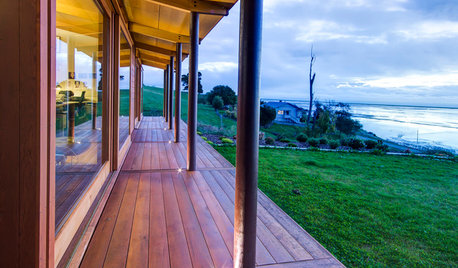
HOMES AROUND THE WORLDHouzz Tour: Japanese Aesthetic in a Kiwi Home by the Sea
Perched above Tasman Bay, a horizontal home hugs the earth and opens up to views
Full Story
WINTER GARDENINGPruning Secrets for Exquisite Roses
Encourage gorgeous blooms year after year with this time-tested advice on how to prune your rosebush in winter for health and shape
Full Story
HOUSEPLANTSMeet a Palm That's Fine With Fluorescent Light
Get the look of the tropics without the full-on sun and high humidity — parlor palm tolerates regular indoor conditions with aplomb
Full Story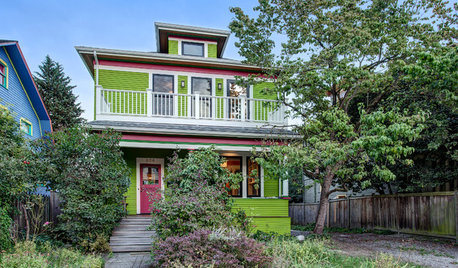
LIFEYou Said It: ‘It's Not for Everyone, and That’s Fine’
Design advice, inspiration and observations that struck a chord this week
Full Story
DECORATING GUIDESCrafty Homes Unleash a Wildly Creative Spirit
Mix an offbeat aesthetic with a DIY demeanor, and what have you got? One-of-a-kind homes with a sense of design adventure
Full Story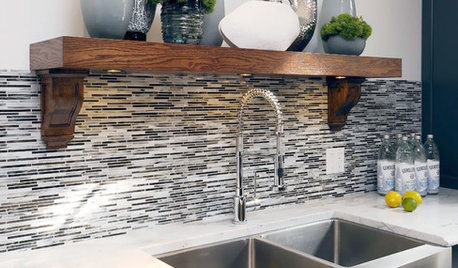
KITCHEN DESIGNKitchen Sinks: Stainless Steel Shines for Affordability and Strength
Look to a stainless steel sink for durability and sleek aesthetics at a budget-minded price
Full Story
REMODELING GUIDESPlanning a Kitchen Remodel? Start With These 5 Questions
Before you consider aesthetics, make sure your new kitchen will work for your cooking and entertaining style
Full Story
DECORATING STYLESRouse Your Rooms With China Chic Flair
Book: China's rich aesthetic heritage and cutting-edge modern designers mean exciting things for homes the world over
Full Story0
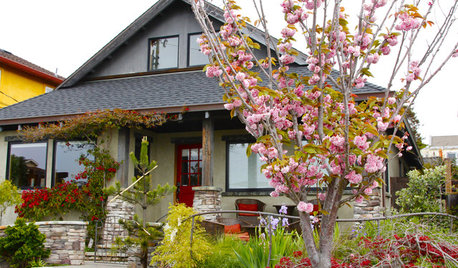
HOUZZ TOURSMy Houzz: Japanese-Style California Beach House
Combining modern, Craftsman and Japanese aesthetics, a couple in Santa Cruz lovingly crafts a vacation home on the beach
Full Story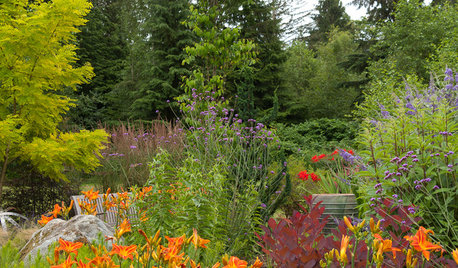
PLANTING IDEASGreat Garden Combo: Planting for Fiery Color and Beautiful Wildlife
Draw winged wonders while maintaining a strong design aesthetic to please human visitors to your garden year-round
Full Story





george_in_the_uk
edzardOriginal Author
Related Professionals
Cliffside Park Landscape Contractors · Cupertino Landscape Contractors · Fort Hunt Landscape Contractors · Lake Saint Louis Landscape Contractors · Madera Landscape Contractors · Mashpee Landscape Contractors · Mastic Beach Landscape Contractors · Oklahoma City Landscape Contractors · Pueblo West Landscape Contractors · Ringwood Landscape Contractors · West Covina Landscape Contractors · Clute Decks, Patios & Outdoor Enclosures · Huntington Decks, Patios & Outdoor Enclosures · Manchester Decks, Patios & Outdoor Enclosures · Northbrook Decks, Patios & Outdoor EnclosuresDonPylant
edzardOriginal Author
inkognito
edzardOriginal Author
george_in_the_uk
Floyd7
edzardOriginal Author
Floyd7
ron_s
coachsmyth
ScottReil_GD
Floyd7
yama
The_Mohave__Kid
The_Mohave__Kid
JerryatTreeZoo
JSkuba